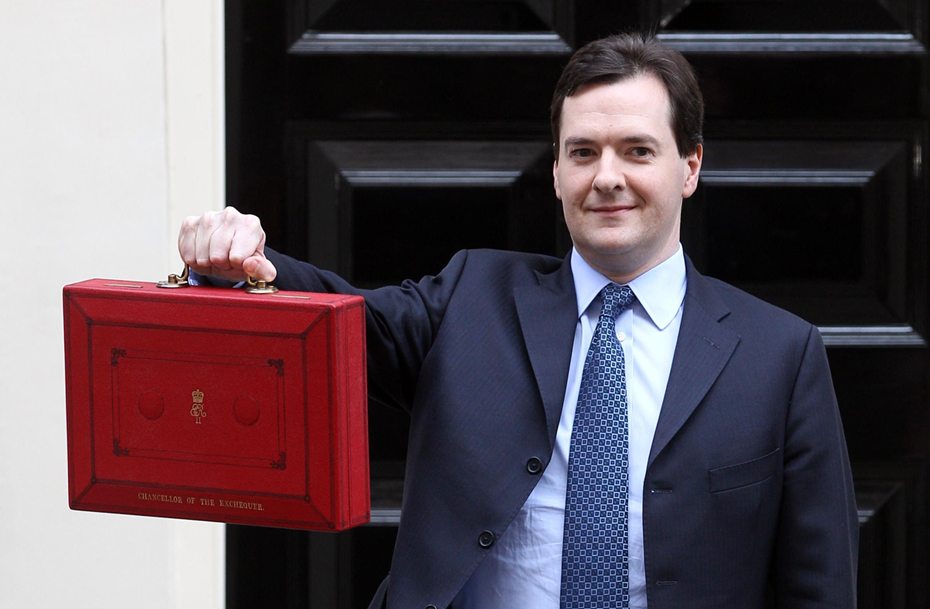Chancellor of the Exchequer, George Osborne, has delivered the first Budget by a Conservative government since 1996 with the key announcement for motorists being significant changes to Vehicle Excise Duty (VED).
Vehicle Excise Duty changes from 2017
From April 1, 2017, owners of brand new cars will pay VED based upon a combination of CO2 emissions, a ‘Standard Rate’ and the list price with an introductory cap of £40,000.
Suggesting that if the system remained unchanged, owners of three-quarters of new cars wouldn’t pay VED by 2017, Mr Osborne believes it’s only fair that those who can afford new cars contribute to finances that will go directly towards road-building programmes in England from 2020 onwards.
For the first year of ownership only, the rate will be based on CO2 emissions similar to the current arrangement, but with steeper price differences between band costings above 150g/km.
After that first year, only owners of Zero Emissions vehicles will be free from paying VED. All cars emitting 1g/km or more will be subjected to £140 of ‘Standard Rate’ duty each year, while those costing £40,000 or more will pay an additional £310 per year for the first five years of Standard Rate payment.
While the new price cap might not affect owners of economical city cars, CO2 emissions of 99g/km will now cost drivers £120 for the first year and £140 for each subsequent year.
Even owners of plug-in hybrids such as which costs nothing under the current system, will pay £10 in the first year and £450 for the next five years under the 2017 scheme.
Not all prospective electric vehicle (EV) owners will be smiling either – luxury examples, such as Tesla’s Model S, won’t escape the £310 surcharge for costing more than £40,000 new.
Owners of cars registered before the new system’s 2017 introduction will continue to pay VED based on the current bandings.
New car VED bandings from April 1, 2017:
| CO2 Emissions | First Year Rate | Standard Rate* |
| 0g/km | £0 | £0 |
| 1-50g/km | £10 | £140 |
| 51-75g/km | £25 | £140 |
| 76-90g/km | £100 | £140 |
| 91-100g/km | £120 | £140 |
| 101-110g/km | £140 | £140 |
| 111-130g/km | £160 | £140 |
| 131-150g/km | £200 | £140 |
| 151-170g/km | £500 | £140 |
| 171-190g/km | £800 | £140 |
| 191-225g/km | £1,200 | £140 |
| 226-255g/km | £1,700 | £140 |
| Over 255g/km | £2,000 | £140 |
*plus £310 for five years if the car cost £40,000 or more when new.
Insurance Premium Tax rise
You may not have even been aware that you pay tax on your car insurance premiums, but you do – and they’re set to rise.
Currently car insurance premiums are subject to a six percent tax rate but this will increase to 9.5 percent from 1 November 2016.
Citing that in real terms car insurance costs have dropped 10 percent over the past three years, Mr Osborne noted that British rates were lower than its EU counterparts, plus he further intends to legislate to reduce insurance costs further.
Whether insurance companies seek to pass on these costs to consumers remains to be seen so our advice remains the same – shop around for the best deal using Parkers Compare.
MOT changes and other Budget news
In an attempt to appease buyers of new cars, Mr Osborne further announced that the date of the first MOT will change from a vehicle’s third to its fourth anniversary. Collectively this is said to save motorists £100million per year.
Those changes aside, other details remain as per those announced in the previous coalition government’s March 2015 Budget.
For all drivers this means fuel duty rates remain frozen, while forthcoming Benefit in Kind (BIK) bands for company car drivers be introduced as planned.





